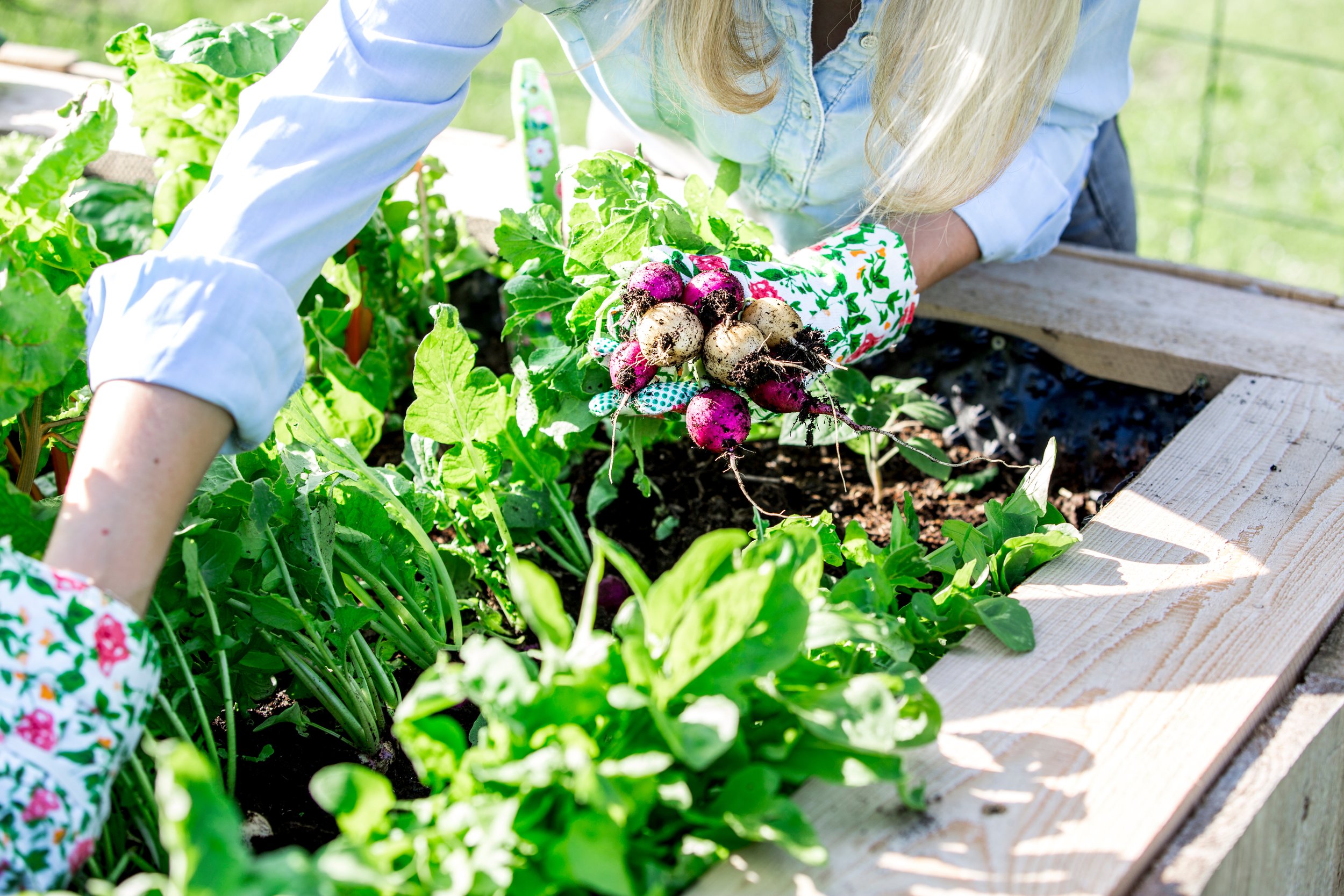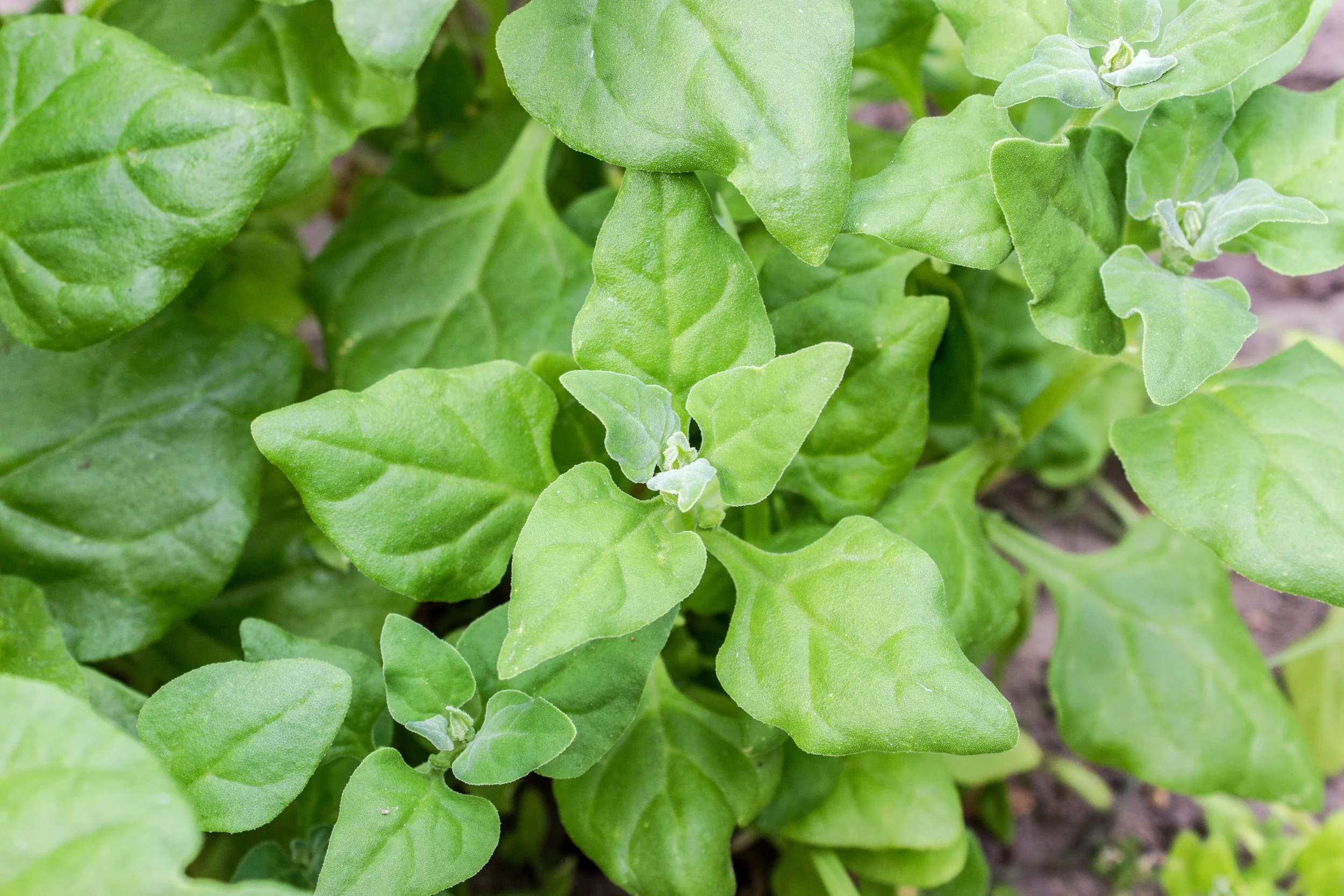Succession Planting
Succession planting can be a great way to extend your season, increase harvestability, and generally make the best use of your space. While many people are familiar with sequence cropping, or the practice of planting a new crop once the previous crop has been harvested, intercropping/companion planting; planting multiple varieties of the same crop with different days to maturity (DTM), and interval planting (planting the same variety at intervals based on days to maturity) are also considered succession planting. While succession planting can take extra time, planning, and possibly research, it can be worth it, especially if you have limited space or a short growing season.
Beyond spacing and seasonal limitations, there are a few other factors to consider when planning your succession garden. As with all gardening, you should consider days to maturity as well as any spacing requirements to avoid cross-pollination. It’s also crucial to recognize that not all crops “play well” together. Some plants are allelopathic towards each other – sometimes with positive effects and, on occasion, with negative impacts. Common examples of negative allelopathic impacts include planting tomatoes near black walnut trees and growing sunflowers near certain crops such as potatoes and beans. You should also consider possible pest and pathogen concerns and use caution when intercropping crops that share similar pests or diseases. Use proper crop rotation when possible.
You’ll also want to consider the necessary growing environments for the varieties you’re planting. For example, don’t interplant a crop that needs a lot of water with one that prefers to be kept on the drier side. Try to avoid intercropping two heavy nitrogen feeders and instead consider intercropping a nitrogen fixer with a nitrogen feeder. Pay attention to the fertilization, temperature, and sunlight requirements as well. Lastly, think about the size of the plants at maturity, rather than at transplant (when applicable), and how that may impact your spacing and ability to practice intercropping or interval planting.
Sequence Cropping – Multiple Seasons
Sequence cropping is typically practiced with a combination of cool season and warm season crops, although you can do multiple plantings of the same crop. For example, you could plant lettuce or broccoli, then once the lettuce bolts or you’ve harvested the broccoli, you can transplant tomatoes in the same area. Then, once it starts getting too cold for the tomatoes, plant another round of broccoli to finish out the season. Just make sure your last planting will have time to mature before it gets too cold! Garlic is also a great crop for practicing sequence cropping. Since garlic is usually planted in the fall and harvested in the summer, or earlier in warmer climates, you have the perfect opportunity to grow another crop in the same area between harvest and the fall planting.
Intercropping/Companion Planting
Many people are familiar with the Three Sisters, a Native American tradition where maize/corn, beans, and squash get planted together. Although this method has been practiced for centuries, it is still implemented today. In this traditional method of companion planting, the maize provides support for the vining beans, which in turn help provide support for the maize as well as nitrogen, while the squash leaves shade the ground, keeping the soil cool and moist for the roots as well as helping reduce weeds.
While the Three Sisters is likely the most common example of companion planting, many crops can be planted together and, oftentimes, both crops benefit from this practice. For example, corn can benefit from being interplanted with cucurbits, as the thick vines may help protect the corn from raccoons and other animal pests, while the corn helps provide shade to the cucurbits. Intercropping radishes with cucurbits may help repel the striped cucumber beetle. However, as previously mentioned, intercropping the wrong crops can be detrimental. For instance, tomatoes should not be interplanted with members of the Brassica family and you should use caution when intercropping tomatoes with other members of the nightshade family.
As mentioned above, it’s important to consider the mature size of the plants when practicing intercropping. Consider a tomato plant – at transplant, it is likely relatively small, but will be much larger once it reaches maturity. It may need staking or caging. The canopy of the plant will provide shade for plants that may be intercropped with it, which can be a positive or a negative, depending on the crop. Also think about the root systems that develop for the plants you’re considering intercropping – will they impede each other’s growth, or will they be in different soil levels?
Multiple Varieties, Same Crop
If you are planting multiple varieties of the same crop, it’s important to recognize that, even with different DTMs, there is still a chance of cross-pollination with some crops, so you may need to space them accordingly. However, it is not always a requirement to spread varieties across the garden, especially if the pollination/flowering periods are drastically different or if there is no concern of cross-pollination or negative effects if it does occur. Some great options for this succession planting method include tomatoes, carrots, sweet corn, and lettuce. Remember, cross pollination affects the seed that the plants produce, so if you don’t plan to save seed from your crops you needn’t be concerned. Corn is one crop that notoriously cross pollinates, so if you’re planting multiple varieties make sure they don’t tassel at the same time.
Interval Planting – Multiple Planting Dates
Interval planting is recommended when growing crops for which a continuous harvest is impeded for some reason. It works well when growing “one and done” crops, such as cabbage and carrots; crops that bolt in the heat, such as cilantro and lettuce; or determinate crops that produce all fruit at one time, such as June-bearing strawberries. By practicing interval planting, you can have a longer, more continuous harvest. There is no designated timeline for interval planting, although 7-21 days is typically recommended, dependent on DTM. If you’re looking to practice interval planting, consider the days to maturity of what you’re planting, the time of year/weather, and how steady you want your harvest to be. Say you want to grow cilantro for making fresh salsa every Tuesday for taco night. After your initial planting, you should plant another round of seeds every week. This will help ensure a consistent supply of cilantro throughout the season, especially as the summer heat causes the plants to bolt faster. If you don’t have a set use schedule but you know you want a continuous supply of cilantro, you could try planting every 10-14 days. Once a plant has bolted, remove it, and replace it with new seeds to make the most of your space.
For “one and done” crops, figure out how many you typically eat in a week and plant accordingly, rather than planting all at once and trying to figure out how to either store, preserve, or use them. If you know you typically use about 10 radishes per week, plant 12-13 seeds every week, replacing the harvested roots with new seeds. This will enable you to have a fresh radish harvest every week without taking up refrigerator space.
There are endless ways to practice succession planting – you just have to find what works best for you! Regardless of which succession planting practices you choose to utilize, be sure you’ve planned ahead, practice good crop rotation, and follow the growing guidelines for each crop you intend to grow.
Happy planting!
Author: Ashley S.







